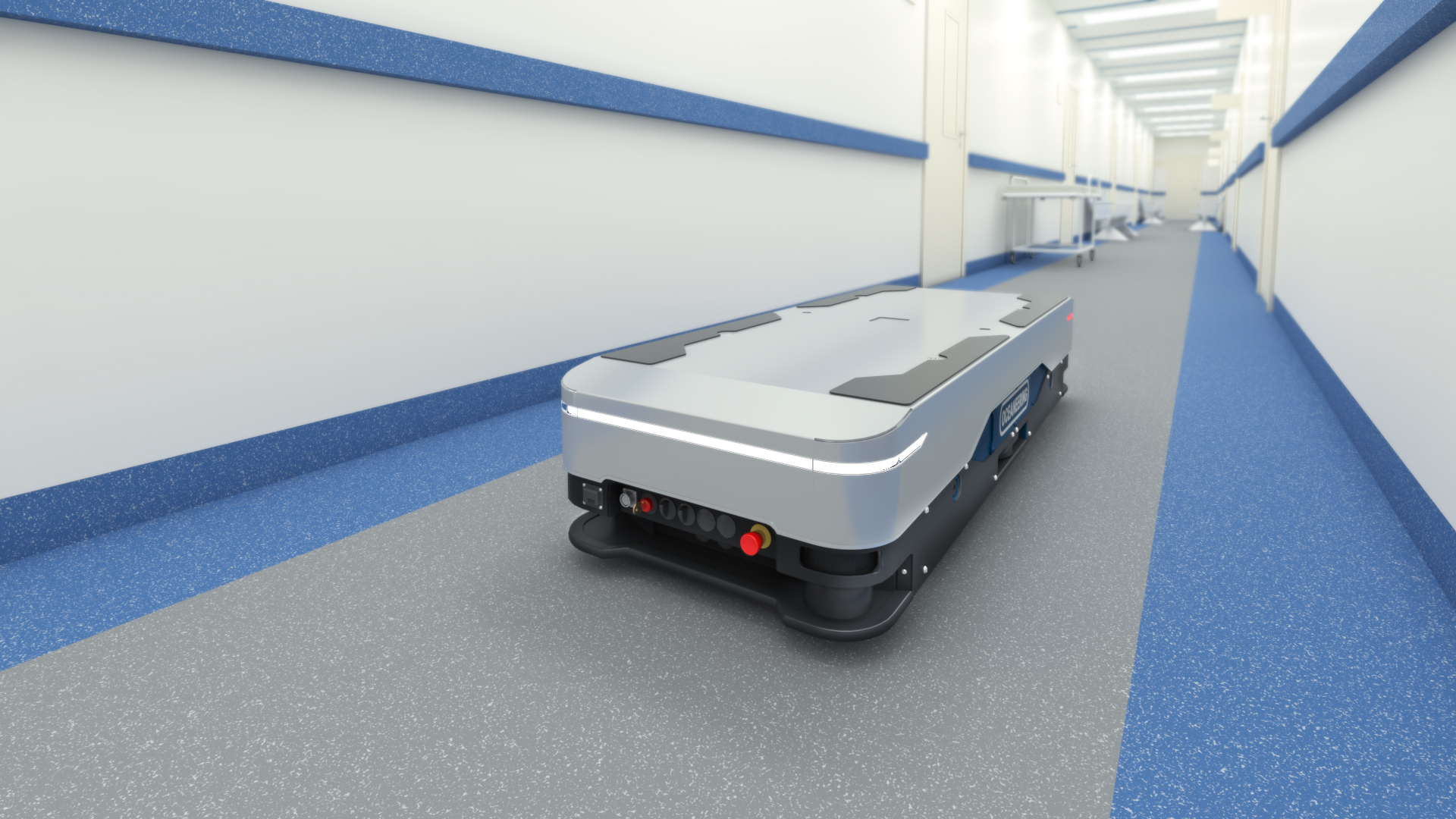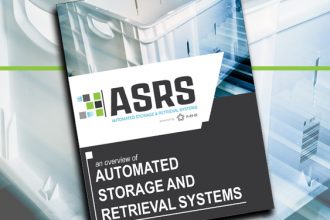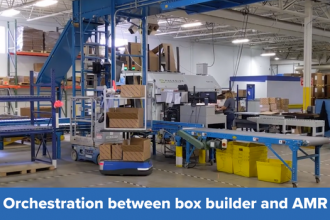
The labor shortage isn’t new in the warehousing and manufacturing arena, but the pandemic has made it that much more challenging as facilities try to keep up with increased ecommerce order demands. This, in turn, has led to more interest in automated guided vehicles (AGVs) and autonomous mobile robots (AMRs). What’s the difference between the two? And which should you choose for your operations?
AGVs: These are the more traditional type of material transportation vehicle and for some time, they were the only game in town. They operate in predictable environments with repetitive tasks. They typically follow along virtual or physical paths, avoiding collision by stopping. They are a good fit in operations that need materials moved from point to point, over and over again. Think of a car manufacturing line, for instance, that moves transmissions from their storage location to an employee on the line, 100 times each day. When uninterrupted, AGVs can achieve high throughput and efficiency following pre-determined highways.
 AMRs: When more flexibility is necessary, AMRs are the preferred option over AGVs. These vehicles operate free of fixed paths thanks to their individual onboard computing. Using computers, staff program in a set of locations for pick-ups and drop offs. The software generates the most efficient route for the vehicle. If the AMR encounters a potential obstacle, it can route around it, using an alternative route. It therefore is the “smarter” of the two options.
AMRs: When more flexibility is necessary, AMRs are the preferred option over AGVs. These vehicles operate free of fixed paths thanks to their individual onboard computing. Using computers, staff program in a set of locations for pick-ups and drop offs. The software generates the most efficient route for the vehicle. If the AMR encounters a potential obstacle, it can route around it, using an alternative route. It therefore is the “smarter” of the two options.
Speaking in broad strokes, AGVs are more prevalent in manufacturing, which has a steadier, more predictable pattern to operations. AMRs, conversely, are found more often in logistics applications, where operations are a bit less predictable and can benefit from the flexibility they provide. Both options can be found in either location, however.
When it comes to costs, AGVs are generally more expensive at the outset due to longer installation times, ancillary equipment, and initial programming. AMRs might be more budget friendly in the short term. ROIs for the latter can often been achieved in less than a year, depending on the operation versus two years for the former.
In either case, a big benefit to having automated vehicles within your operations is the freeing up of costly labor. Once your staff no longer has to physically move product from point A to point B, they can apply their know-how to more sophisticated tasks. This leads to more efficient and productive operations. It also keeps your staff from tough physical labor, preventing injuries that might take them out of work. In the long run, this makes their careers with your company more appealing, leading to better retention—key in today’s challenging labor market.
To learn more about how AMRs and AGVs can benefit you:
Discover How Mobile Automated Vehicles Enhance A Variety Of Material …
How Mobile Autonomous Vehicles Address E-Commerce, Automotive And Food/Beverage Handling …
To find out more about MHI’s MAG Industry Group: https://www.mhi.org/mag



